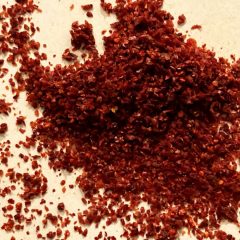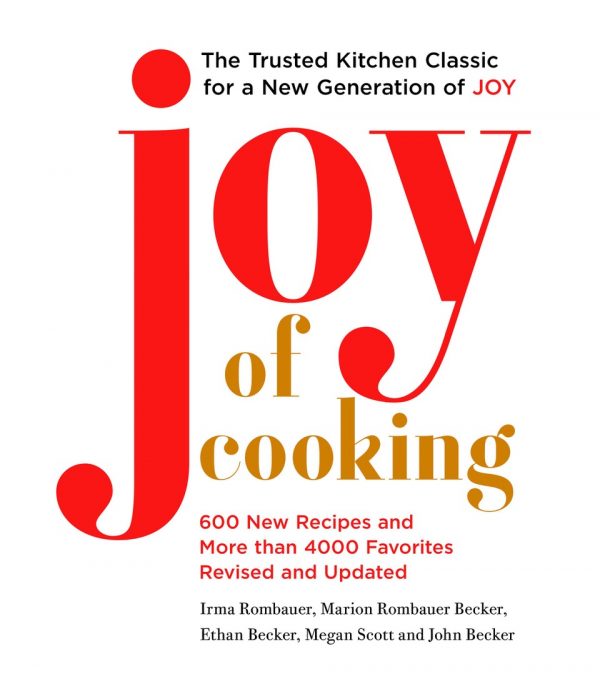
Marash Turkish Red Pepper Flakes
The magical spice of eastern Turkey If you want an easy way to help bring the flavors of your cooking alive in under a minute, you might want to pick up a jar of this terrific dried red pepper from Turkey. Marash pepper is magical. The more you use it, the more likely you’ll feel […]
Read more »





Zingerman’s Art for Sale